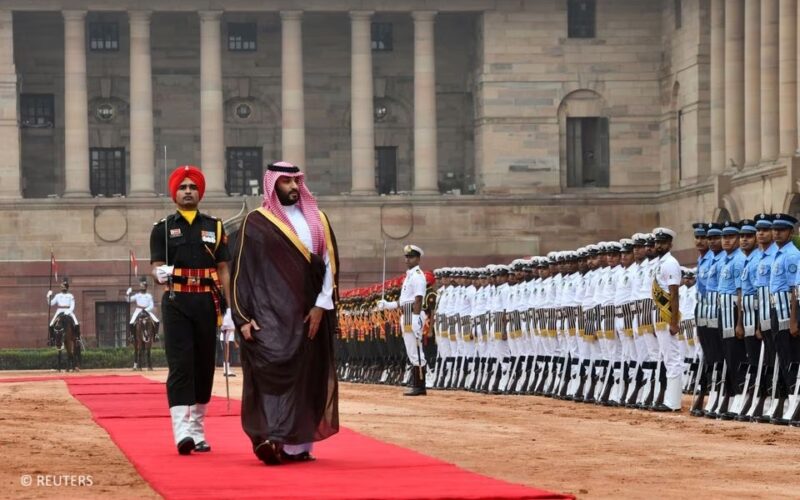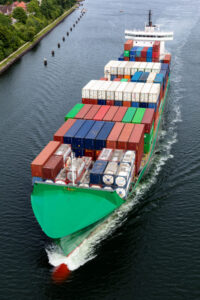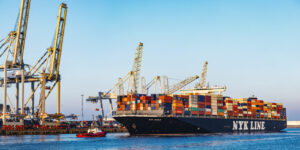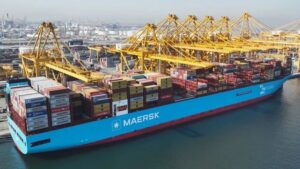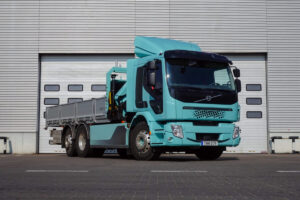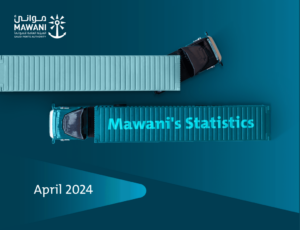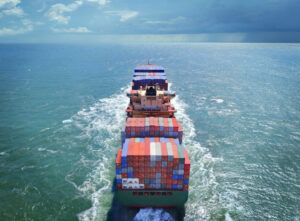US President Joe Biden, along with leaders of India, Saudi Arabia, and the UAE announced a Memorandum of Understanding (MoU) committing to the development of a new India – Middle East – Europe intermodal trade route.
Announced on 9 September during the G20 summit for the Partnership for Global Infrastructure and Investment, the expansive route will be connected through both railway and ports. Through the enhanced connectivity, the route is expected to trigger sustainable and inclusive economic development across continents, according to the White House.
The planned corridor seeks to forge a nexus between India, Saudi Arabia, the UAE, Jordan, Israel and the EU through rail routes and shipping ports with the hopes of accelerating trade and boosting economic cooperation, according to The Guardian.
Goods and services will be transported through these countries, yet it will also enable digital connectivity, as per CNN, alongside the exportation of hydrogen.
The US hopes that the increased connectivity will work towards normalising relations between the Middle East and Israel, while accelerating trade between India and Europe by 40 per cent.
The corridor between India and the Middle East promises to be, according to Indian Prime Minister, Narendra Modi, “a beacon of cooperation, innovation, and shared progress”.
READ: Biden climate plan shifts away from trucks
Many analysts have nonetheless contested this move as a challenge or counterbalance to China’s multi-trillion-dollar Belt and Road Initiative (BRI). The BRI, implemented a decade ago, seeks to emulate the silk road and connect China to the rest of the world. The trade route, which crosses through Asian, African, and Latin American borders, has helped China garner significant influence among struggling economies.
CNN reported that China has signed BRI cooperation documents with over 150 countries and more than 30 international organisations. Yet, the initiative has suffered setbacks in the forms of funding shortfalls and political tensions.
Biden, in fact, labelled the BRI as a “debt and noose agreement,” which the US along with the G7 hope to counter, reported CNN. With the newly introduced Biden-led project stretching across the globe, the BRI has found itself a rival.
During a campaign reception in Salt Lake City, Utah, Biden stated: “We got together literally billions of dollars in the G7 nations to provide for alternatives to China’s – what they call Belt and Road Initiative, which is basically a debt and noose agreement that they have.”
Despite Biden telling reporters he wants to see China succeed, visiting fellow at the European Council on Foreign Relations, Cinzia Bianco, stated that not enough trade volume is present for both trade routes, the BRI and Biden’s project, to be viable concurrently. “The heart of the matter is that it [Biden’s project] is an alternative [to China’s BRI],” she said.
Nevertheless, issues may ensue for the three nations who have committed to both initiatives, one of which is largely considered to undermine the other, according to CNN.
Saudi Arabia, UAE, and Italy – the only G7 country so far – have already committed to China’s BRI. Italian Prime Minister Giorgia Meloni, however, is gearing up to exit from the BRI by the end of the year after Italian Defense Minister, Guido Crosetto, stated that signing the initiative in 2019 was “an improvised and atrocious act”.
READ: Building Resilient Economies through Digital Transformational Strategies in Global Trade
Gulf states have maintained a position of impartiality. For the Middle East, the India – Middle East – Europe corridor is not at odds with the BRI. According to Mohammed Baharoon, Director of the Dubai Public Policy Research Center, B’huth, the corridor is rather “a manifestation of the global connectivity agenda the UAE and the region are perusing.”
“It will complement, more than compete with China’s BRI since both of them are attempts to facilitate the movement of goods (including energy) money, people and data,” he added, while holding that should the two routes be considered rivals, they would fail to reach its potential.
“Gulf countries are using this multipolarity and this new world (order) to try to put themselves at the heart of global trade, trying to invest even more in connectivity and globalisation,” Bianco said.
READ: China ports container volume hits 176 million TEU
This is one of many commitments made by the UAE to maintain its global presence.
Additionally, late last year, Khalifa Economic Zones Abu Dhabi (KEZAD Group) – a fully-owned subsidiary of AD Ports Group – and online marketplace noon.com broke ground on the UAE’s largest fulfilment centre in Abu Dhabi.

